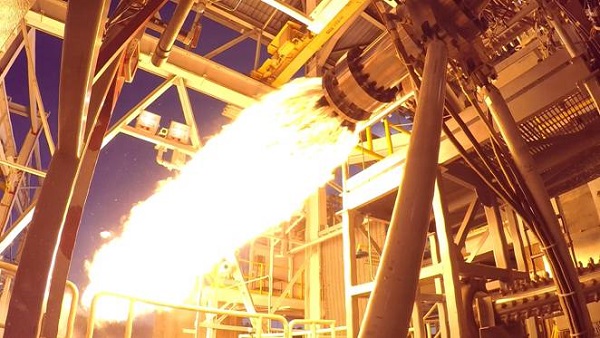Jugnu is an Indian technology demonstration and remote sensing CubeSat satellite which was operated by the Indian Institute of Technology Kanpur. Built under the guidance of Dr N. S. Vyas.
it is a nanosatellite which will be used to provide data for agriculture and disaster monitoring.
It is a 3-kilogram spacecraft, which measures 34 centimetres (13 in) in length by 10 centimetres (3.9 in) in height and width.
 |
| Credit: ISRO |
Its development programme cost around 25 million rupee.
Jugnu satellites have a design life of 1 year.
The project started in 2008 with a team of 3 students. In the meantime, the team has grown to the size of more than 45 students ranging from 2nd-year undergraduates to final year postgraduates and 14 professors from different disciplines.
The advice was also provided by ISRO scientists as well as ISRO funding of the project.
Read: PSLV
 |
| Credit: ISRO |
Also Read: Gaganyaan Update
Objective:
• To get students involved in research activities based on affordable MEMS technologies
• To test new solutions for the future cost-effective space missions
• To set the path for future upgradations and study such validation concepts for possible upgradations.
Goal:
• A micro-imaging system
• GPS receiver for locating the position of the satellite in the orbit
• MEMS-based IMU (Inertial Measurement Unit).
• An operational lifetime of 1 year of the Jugnu mission is expected.
 |
| Credit: ISRO |
Overview:
Mission type: Remote sensing
Operator: IIT, KANPUR
Launch Date: 12th October 2011
Launch vehicle: PSLV CA C18
Launch site: Sriharikota
Reference system: geocentric
Launch mass: 3kg
Contractor: ISRO





0 Comments